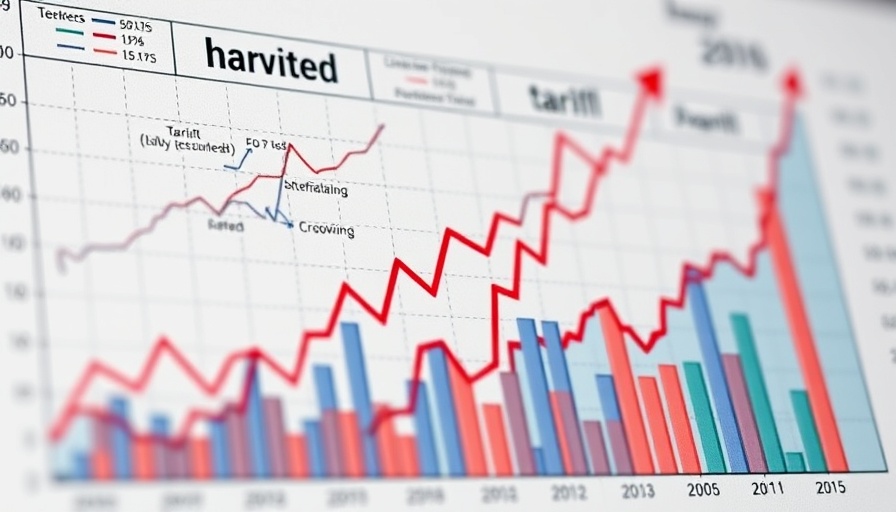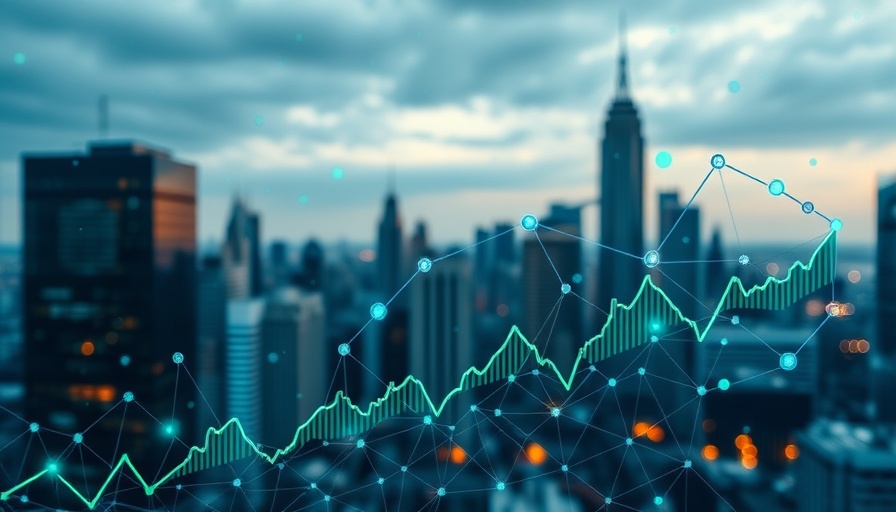
AI as a Game Changer for Amazon Employees
Amazon CEO Andy Jassy recently made waves by emphasizing the company's commitment to embracing artificial intelligence (AI) during a pivotal earnings call on July 31. Unlike his previous remarks warning about potential job reductions, Jassy offered an optimistic perspective, assuring that AI will enhance the work experience for Amazon employees by alleviating them of mundane tasks. This shift represents a significant change in narrative, suggesting that technology can enrich rather than replace human labor.
The Transformative Impact of AI Across Operations
In a world increasingly influenced by AI, Jassy pointed to numerous examples of how Amazon is integrating advanced AI into its operations. He described how coding agents leverage AI to handle complex programming tasks, allowing developers to focus on more advanced projects. This type of transformation isn’t limited to programming; Jassy stated that AI tools are revolutionizing departments such as finance and customer service. For instance, Amazon's AWS Connect now utilizes AI to streamline customer interactions, paving the way for a more efficient service model.
Future Predictions on Workforce Dynamics
Jassy's forward-thinking remarks hint at a broader trend within the tech industry. As we move towards a future dominated by AI, businesses will face a critical decision: embrace the technology and innovate or resist and become irrelevant. By equipping their employees with AI tools, companies can improve job satisfaction and productivity, fostering a more engaged workforce. This philosophical shift could reshape labor markets across various sectors, inviting diverse perspectives on employment and skill development.
Why Understanding AI Adoption Matters
Understanding how companies like Amazon plan to integrate AI into their operations is essential for business professionals looking to navigate the evolving employment landscape. Embracing AI can lead to enhanced creativity and operational efficiency, paving the way for innovative business models. Furthermore, this trend prompts critical discussions around workforce diversity as companies must adapt employee training to include AI literacy, ensuring no one is left behind in the digital revolution.
Conclusion: A Call to Embrace Change
As Amazon steps into this new era defined by AI, it signals a transformative moment for businesses across the globe. Business professionals must consider how these advancements might affect their companies, operations, and workforce dynamics. Engaging with this rapidly changing landscape will not only keep businesses competitive but also enhance the overall job experience for employees, making it a vital conversation in today’s tech-driven economy.
 Add Row
Add Row  Add
Add 



Write A Comment